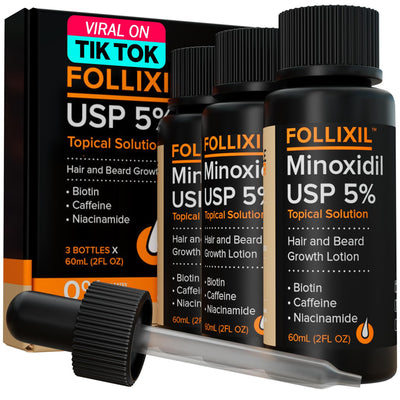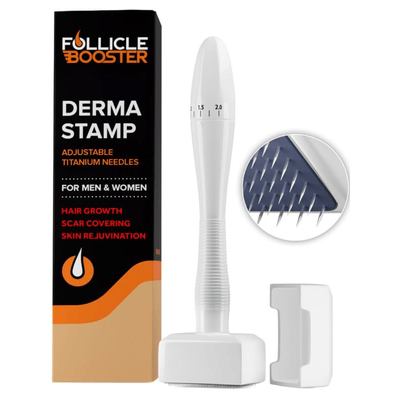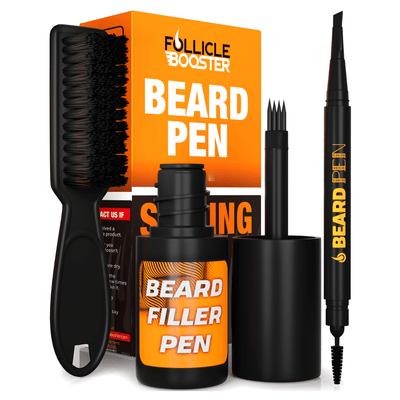You’ve noticed more hair on your brush, in the shower drain, or maybe your once full ponytail feels thinner than before. It’s normal to lose up to 100 strands of hair a day, but if you’re seeing more than that, it might be time to look deeper.

Did you know that about 95% of hair loss cases are caused by a condition called Androgenetic Alopecia? It is the most common type of hair loss in both men and women, and understanding it is the first step toward finding real solutions.
What Exactly Is Androgenetic Alopecia
Androgenetic Alopecia, also known as pattern baldness, occurs when hair follicles become sensitive to the hormone dihydrotestosterone (DHT). Over time, this sensitivity causes the follicles to shrink, producing thinner and shorter hair strands until they eventually stop growing altogether.
This process doesn’t happen overnight. It’s gradual, which is why you might first notice your part widening, your hairline receding, or overall thinning at the crown.
For men, it often starts with a receding hairline or bald spot on the top of the head. In women, it usually appears as diffuse thinning, meaning the hair becomes sparse across the scalp rather than in a single area.
Why It Happens
Androgenetic Alopecia is mainly genetic. If your parents or grandparents experienced early hair loss, chances are you might too. But genetics aren’t the only factor. Hormones, stress, poor scalp health, and even nutritional deficiencies can accelerate hair shedding.
The key culprit remains DHT. This hormone, derived from testosterone, can attach to hair follicles and disrupt their normal growth cycle. The result is weakened strands and shorter growth phases, leading to visible thinning over time.
Spotting the Early Signs
Catching it early makes a huge difference. Here are some warning signs to look out for:
• Gradual thinning on the top or crown of your head
• Receding hairline, especially at the temples
• Widening the part or more scalp visibility
• Hair that feels finer or grows slower than before
• Increased shedding, especially after brushing or washing
If these sound familiar, it’s best not to ignore them. Hair follicles that are too long can stop producing new strands altogether, and prevention is always easier than regrowth.
What You Can Do About It
The good news is that Androgenetic Alopecia is treatable. With consistent care and the right products, you can slow down the process and encourage stronger regrowth.
• Use DHT blocking treatments. Look for shampoos, serums, or supplements that help block DHT’s effects on hair follicles.
• Keep your scalp healthy. A clean and nourished scalp creates the best environment for new hair to grow.
• Support your body from within. Nutrients like biotin, zinc, magnesium, and vitamin D all play roles in hair strength and growth.
• Reduce stress. Chronic stress triggers hair shedding. Mindful habits, rest, and balanced nutrition help minimize it.
• Be consistent. Hair growth takes time. Regular care and patience lead to visible results over months, not days.
The Bottom Line
While Androgenetic Alopecia causes 95% of hair loss, it doesn’t mean you are powerless. Understanding the cause helps you take the proper steps before it’s too late. Whether you’re noticing the first signs of thinning or already struggling with visible hair loss, there are effective ways to regain confidence and healthier hair.
Remember, your hair story isn’t over. It’s just waiting for a comeback.










